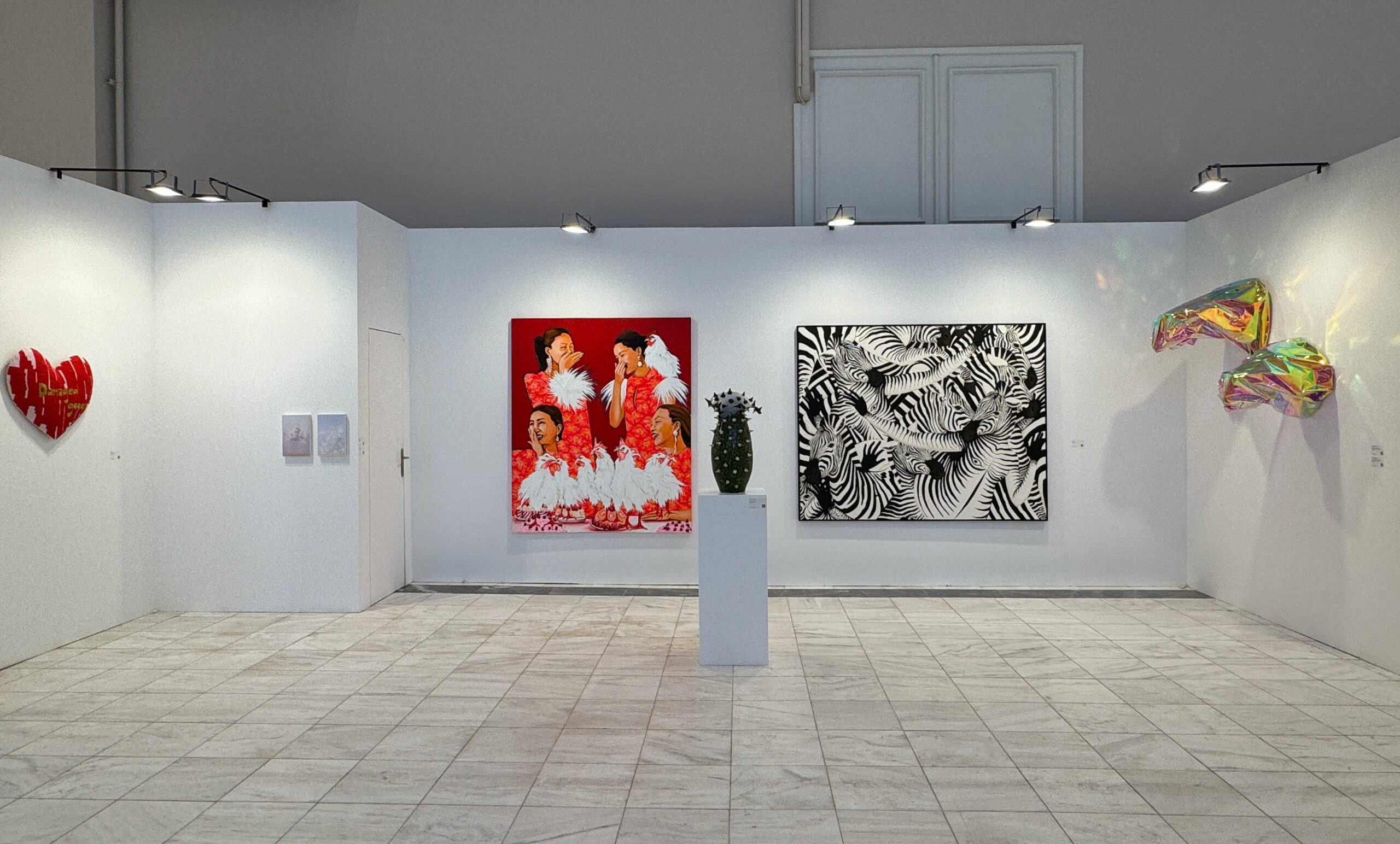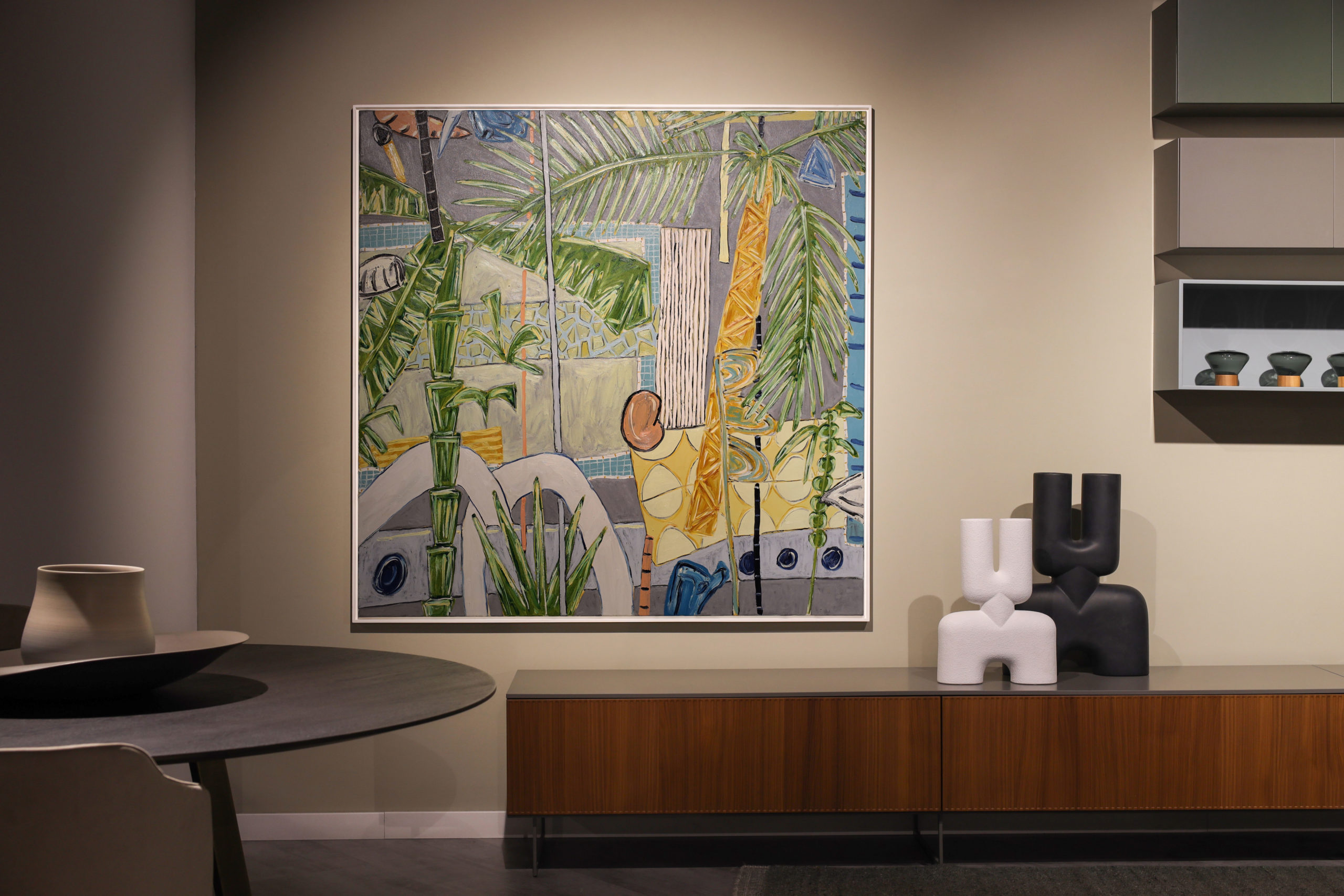Art Secured Lending
Art Secured Lending
The global art market has experienced strong growth in recent years and the value and frequency of art transactions has dramatically increased. This transformation led to the expansion in galleries, auctions, art fairs, museums, foundations and new online ventures, which has driven further demand for support services such as insurance, logistics and storage, legal, as well as financial services. More and more collectors are focusing on the economic value of art and its investment potential, which has caused a broader acceptance and interest in art as an asset class and formed a need for a more sophisticated approach to managing art-related wealth. This led to the development of Art-secured lending which even though it existed before as a practice, has nowadays grown significantly.
Art-secured lending can be viewed as an effective way to allow art collectors to access the equity value in their artworks without having to sell them, making it possible to reinvest their capital in the form of new art acquisitions or finance their businesses, to refinance existing loans and fulfill sudden liquidity needs. According to a report published last year by Deloitte and ArtTactic, the outstanding value of loans against art in America reached 17bn-20bn (USD) in 2017, up 13% from 2016. Industry insiders say such lending has continued to grow at double-digit rates since then.
Lower interest rates have increased the appeal of borrowing. Additionally, there has been a growing amount of information that makes pricing a piece of artwork easier. Open public registers make it easy to check if art is encumbered. Price estimates and auction results available online since the early 2000s have made underwriting easier.
The United States is leading this international development (it’s where 90% of art-secured lending takes place) since it benefits from a more advantageous legal framework provided by the Uniform Commercial Code (UCC). The UCC allows the borrower to keep possession of the art works while the loan is still outstanding. This makes this type of financing significantly more attractive than in countries where the lenders are more likely to take physical possession of the artwork.
In Europe, art secured lending is still considered to be fairly new with prospect for growth since none of the banks has an art lending program matching the scale of those in America. This is because there is no uniform system of registration of charges over chattels such as the US UCC. Each European country has its own system, many of which are unsuited to a 21st century art secured lending market. Also, studies suggest that the notion of art as an asset class is less developed in Europe than it is in the US. However, art financiers such as the Fine Art Group in London and WestendArtBank in Berlin have moved in. Lenders say inquiries from wealthy clients about leveraging their art collection are rising and even though Europeans are in general reluctant to borrow against their possessions, those who buy art for reasons beyond the aesthetic may prove willing to make an exception.
As this type of loan relies entirely on the art piece, it is important for those providing loans to partner with experienced art advisers or have in-house art capabilities. Undeniably, despite the growing art market trend, there are multiple challenges remaining when dealing with art. For example, the lack of transparency, or issues around ownership, liquidity, and forgery. It is therefore critical for market players who want to succeed in art lending to be able to perform thorough valuations and due diligence analysis. Moreover, art-secured lending will never be a mass market product. The individual financing needs of each borrower will be different, and of course their collections will all be unique; art lending is therefore not a standardized process.
Looking forward, the existing trend for collectors, dealers and owners of art globally to increasingly use their art as loan collateral will undoubtedly continue, given the increasing sophistication and awareness of collectors as well as the increasing expansion and professionalization of the art market.
If you would like to discuss further or learn more about art secured lending, please get in touch with The Edit Gallery.
Subscribe to our mailing list to receive news for upcoming shows, valuable insights and useful tips on collecting art
We will process the personal data you have supplied in accordance with our privacy policy.





